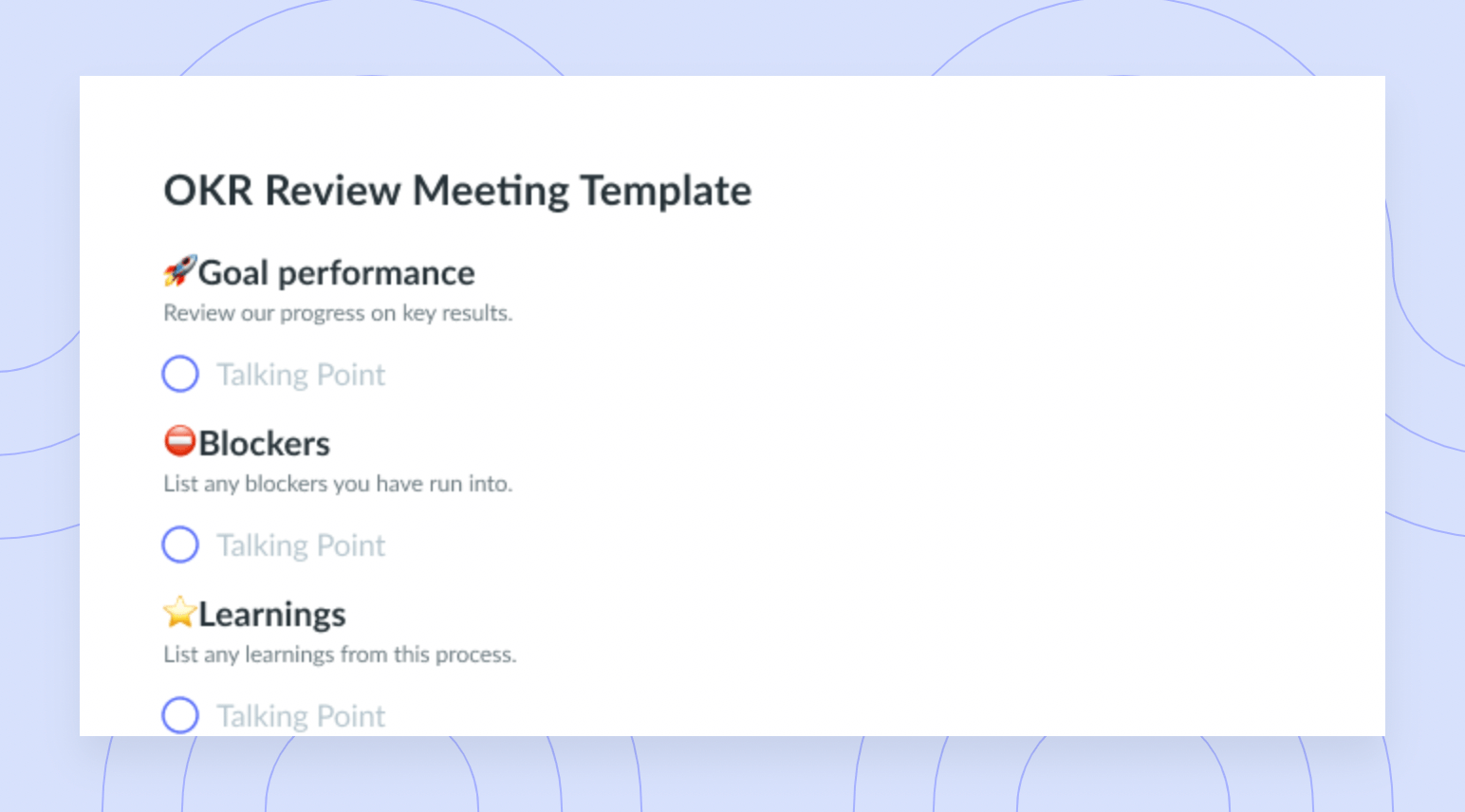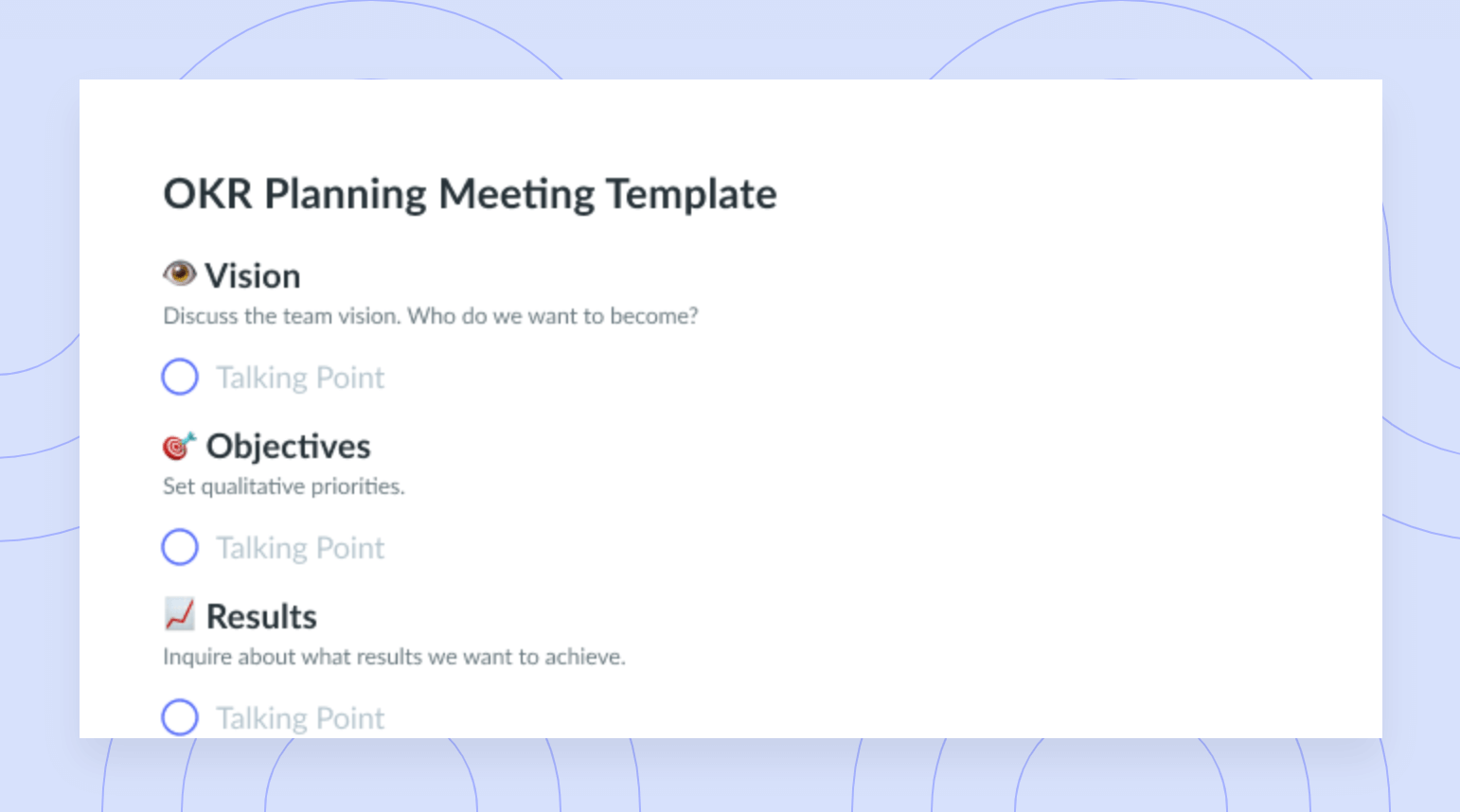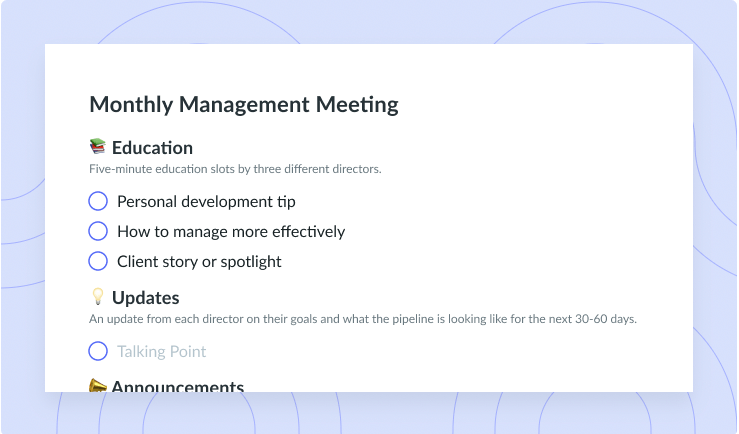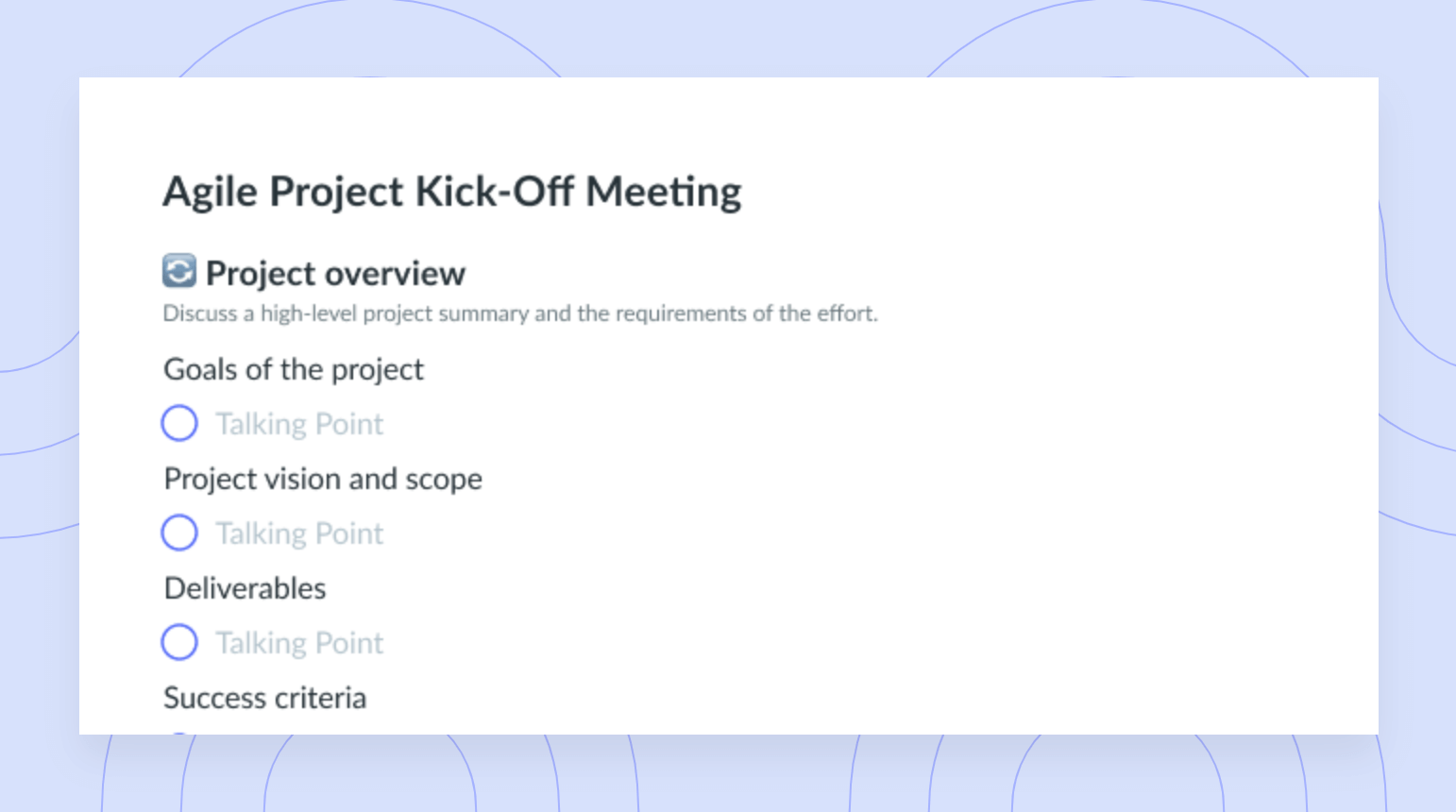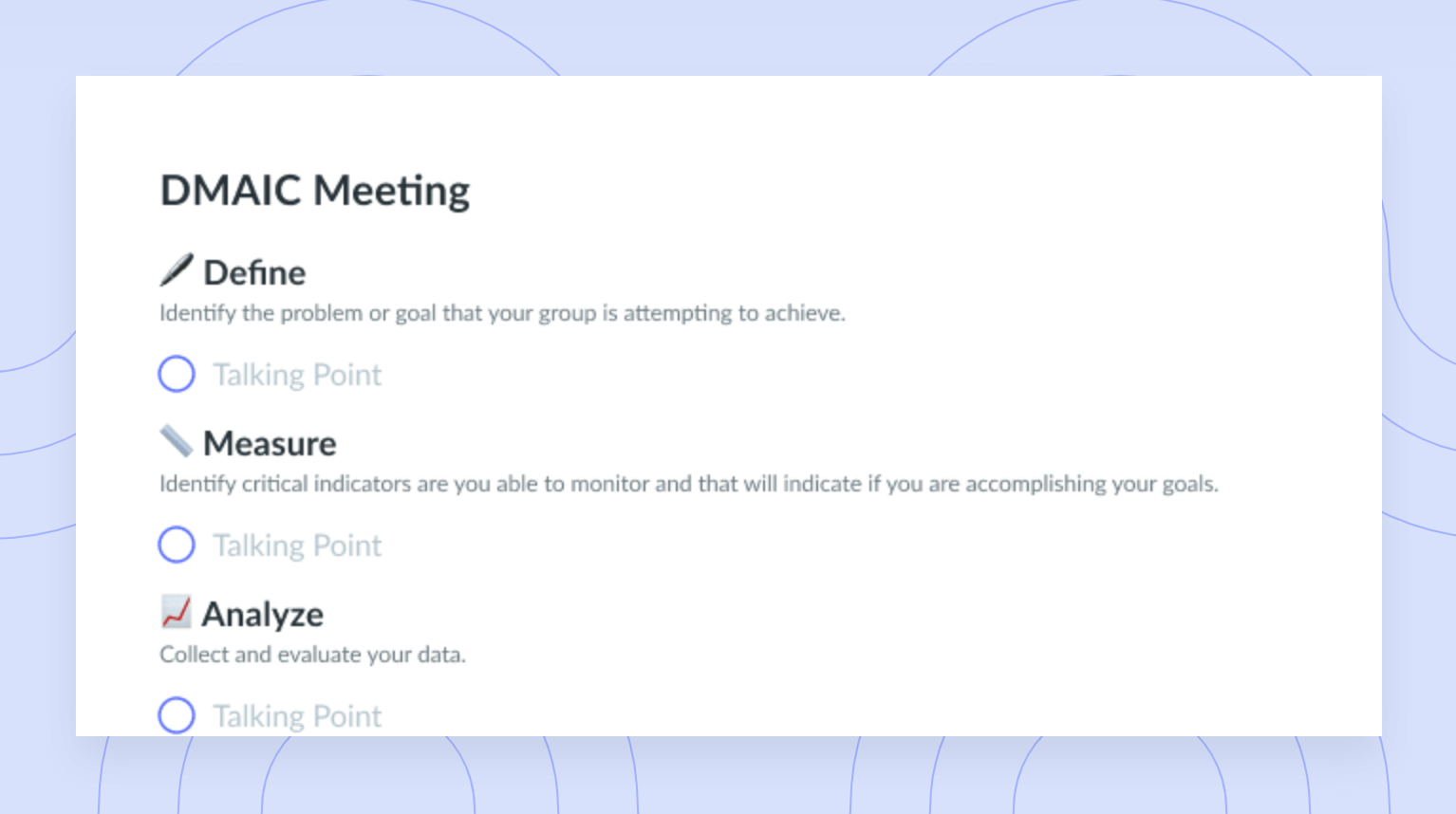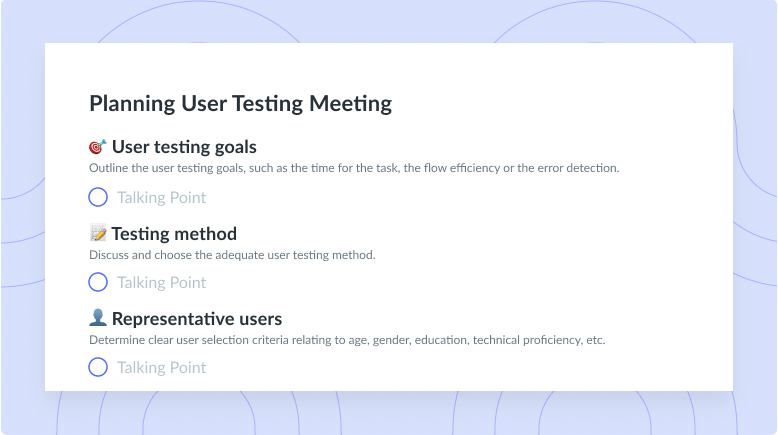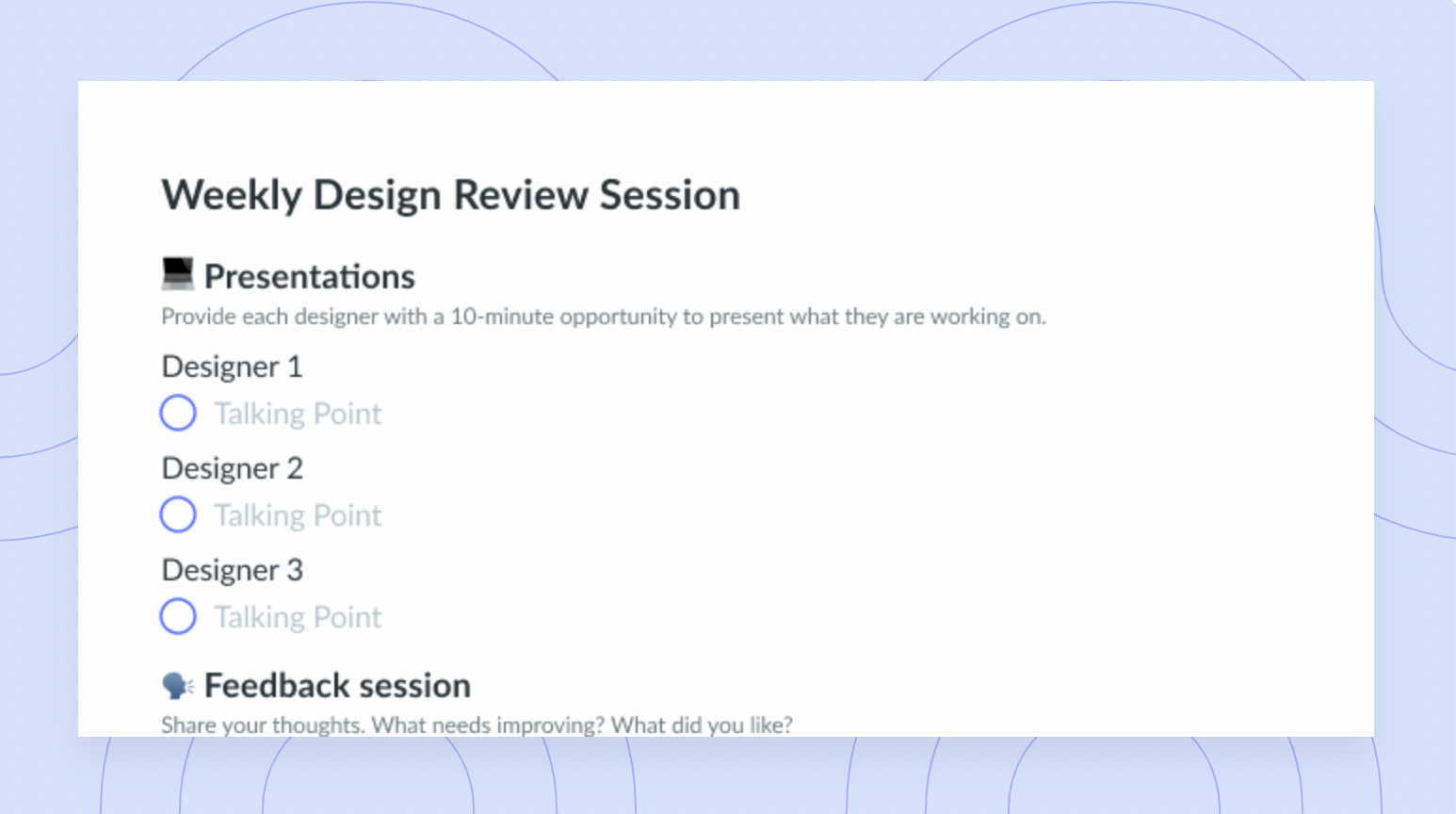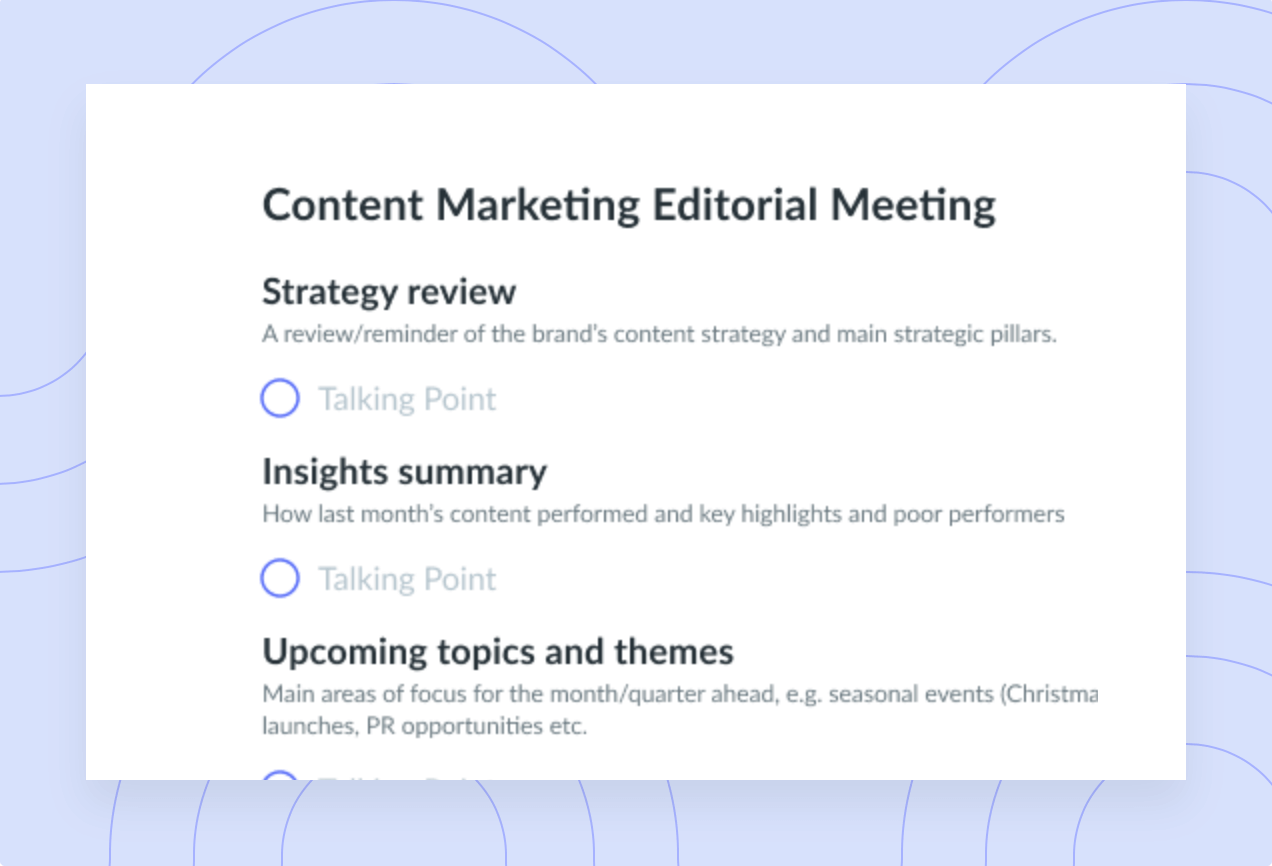How OKRs and Agile Work Together to Boost Productivity
OKRs and agile practices are the perfect symbiotic approach to more nimble, adaptive project management. Read more, plus get free templates!
Have you ever been mid-quarter, and realized that you’re totally not going to make quota? Or, have you ever looked at your half-completed product and realized it’s already way far out from what the customer wanted?
Chances are, you weren’t spending enough time testing decisions, measuring, assessing, and optimizing. While many of us close our eyes and pray for the best when we work through important work projects, we’re missing out on a huge opportunity.
If instead we choose to continuously identify challenges, solve problems, and measure success throughout our project lifecycle, we’ll have a higher chance of aligning the end product to the customer requirement and meeting our personal, team, and organizational goals. Adding processes—like objectives and key results (OKRs) and Agile—for regularly measuring and testing is one ideal way to get us there!
- What are OKRs?
- Benefits of OKRs
- What is Agile?
- Benefits of Agile
- How OKRs and Agile work together
- Free OKR templates
What are OKRs?
OKRs are the far-reaching goals that your company and/or team attempt to achieve throughout a period. The “objectives” portion of OKRs refers to the general point of achievement, such as “reduce our organization’s environmental impacts.” The “key results” portion of OKRs is the measurable portion which determines how successful (or not) the team was at achieving the objective. For example, “reduce marketing print quantities by 35%.” While key results measure success in OKRs, they can also help create an action plan for how to achieve the objective.

Track objectives as part of your meeting workflow
Stay on top of your team’s goals by clearly recording, defining, and tracking the progress of your OKRs in Fellow’s Objectives tool!

Benefits of OKRs
1Boost productivity
Having a clear goal keeps operations smooth, focused, and efficient. Teams with no direction or sense of purpose in their roles are significantly more likely to lose motivation, work on unnecessary projects, or seek new opportunities that provide them with clear goals and measures for success. OKRs help mitigate the issue of inefficient work by providing measurable activities (key results) that act as small steps towards meeting the bigger goal (the objective). Key results can be easily divided amongst team members or departments where possible, and ensure that everyone can contribute to the objective.
2Align organization and team goals
OKRs are often established for teams or organizations as a whole to strive for. On an organizational level, OKRs tend to be more vague and general (like meeting environmental impact initiatives or meeting company revenue targets, for example). As teams plan their own strategies and goals for the upcoming period, they can use the organizational-level OKRs as a guide for what to improve upon. Then, on the team level (and even on the individual contributor level), more project-specific and role-specific OKRs that align with the overarching corporate objectives can be established.
“When we’re creating our values, operating consoles, OKRs, we’re just trying to get a general shape. We’re just saying; What is the general shape, we’re gonna get at this version, knowing that next quarter, we’ll be able to refine it a little bit more, and the quarter after that, we might be able to add paint, and the next quarter, we’re going to make it even better, but building for the stage that you’re at right now, and keep it super simple.”
– Cristina Georgoulakis, Founder Outcomes Partner at 776
3Help with prioritization
Companies are faced with hundreds of decisions a day. From deciding the next product to launch to deciding if a new hire will be made or choosing if it’s worth going forward with a new vendor, and everything in between. When defined objectives are in place and clearly communicated to employees, teams can ensure they are making decisions that align with the corporate- or team-level goals. For example, if a company has an OKR to reduce its carbon footprint, teams may choose to prioritize digital-first options when planning marketing, sales, and employee work strategies.
What is Agile?
Agile is a project management and software development methodology whereby teams progress through projects in a highly integrated, continuous, and often iterative loop. Before Agile, waterfall methodologies were commonly used in project management. In waterfall approaches, teams use phased gates such as “design,” “test,” and “launch,” where one phase cannot be started until the previous phase ends. While efficient, waterfall approaches can be limiting since they don’t allow any change to occur in the product requirements if new knowledge or customer requests are added during the project cycle. Agile, therefore, accommodates change by removing these official “phases” and allowing the project to cycle between stages as needed.
Benefits of Agile
1Increase customer satisfaction
Agile increases customer satisfaction by improving adaptability to changing requirements, allowing more feedback rounds throughout the full project lifecycle, and involving the customer in more decision-making. As the customer is highly engaged in the project development, they are much more likely to have buy-in, which makes them eager to support the project and see it to full completion. A happy client will be able to set direction for the project and stay updated or provide immediate feedback at the end of each sprint.
2Better adaptability
If you’ve ever worked in an agency or client-driven role, you know that client requirements can change in a blink of an eye. Between changes in industry, internal requirements, or other new knowledge about the project, change is definitely required throughout the project.
In waterfall approaches, changes were difficult to make once specific decisions were in place. On the flip side, Agile avoids making irreversible decisions through the use of more frequent prototyping and “MVP” (minimum viable product) testing. An MVP simulates the basic functions of the decision or product on a small scale, and is a great way to quickly see if the decision will make sense, without committing to something irreversible down the line.
3Improve communication
In Agile methodologies, feedback rounds are integrated much more frequently. At each small iteration of the product, the customer has the ability to see the updates, provide feedback, and request new changes in the moment. The development team can quickly respond to client suggestions, make improvements, or offer new suggestions at the same speed that the client feedback is coming in. This level of collaboration helps ensure that the right decisions are always being made, which also improves customer buy-in and happiness at project conclusion.
How OKRs and Agile work together
- Create aligned goals
- Track progress and outcomes of OKRs
- Result in frequent assessments
- Improve problem-solving skills
1Create aligned goals
Both OKRs and Agile value face-to-face interactions in the workplace, as they allow for team members to communicate more quickly, clearly, and efficiently. Teams can quickly meet on the spot to discuss the project at hand and ensure that required activities are evenly distributed across the project team. If questions arise or a team member is uncertain about how to approach an activity, the rest of the team is close by for support.
2Track progress and outcomes of OKRs
Agile requires teams to frequently check in on the progress of activities and ensure that they are aligned with the objectives. Employing mid-project or mid-period reviews allows teams to check that they’re on track to successfully meet the key results. If they are falling behind, teams can rely on Agile approaches to shift gears quickly to a different approach that is more likely to help meet the goal on time.
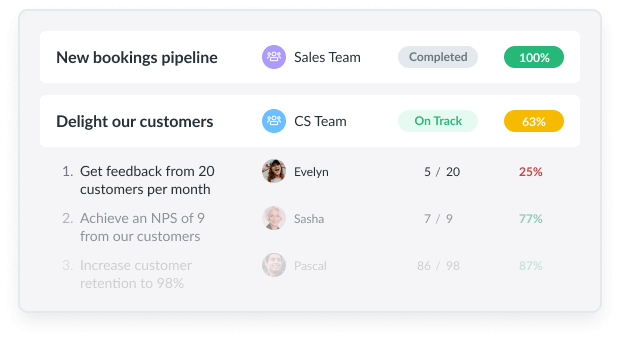
3Result in frequent assessments
Practicing Agile methodologies means frequently assessing what is working and what isn’t working to create the most efficient processes and most-aligned decisions. OKRs are agile in themselves, in that the objectives and key results can change over time as an organization’s focus and requirements change. For example, an external change in a region’s social or political environment may spark a company to choose their upcoming product launch or employee policy plans differently. Even regularly stopping to assess the project and see that that change in environment has occurred is a key reason OKR-tracking and Agile methodologies pair so well together.
4Improve problem-solving skills
OKRs and Agile are both so great at encouraging teams to test, measure, assess, and optimize their approaches to meet their goals. Agile does this by frequently employing prototyping and “MVP” testing as discussed earlier. Testing ideas on a small scale using a quick, repeatable method is a way to get problems solved faster and more creatively. Agile team members are encouraged to work in the moment, leverage their gut instinct, and use brainstorming techniques with their team to inspire new solutions to challenges. OKRs then add the measurability aspect to each test.
Often, teams even include OKRs purely for testing and finding new, better ways of approaching certain tasks. Then, Agile practices come in to really find out what that better method is!
Free OKR templates
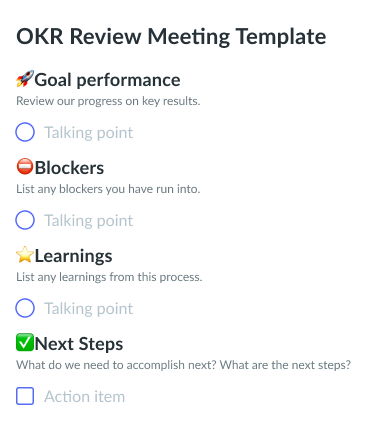

Parting advice
Think of OKRs and Agile pairing to continuously test, track, and optimize processes for the ultimate project efficiency. OKRs set what needs to be done, and Agile methodologies come along to help get to the end goal in the way that reaps the most rewards, is the most aligned with the customer requirement, or even just gets the job done in the most efficient way. Agile also improves communications across teams to help get OKRs measured and completed on time, and inspires teams to be creative in their problem-solving approaches. Together, both practices can enable a business to be incredibly nimble and get ahead in today’s competitive market.

![Product Management OKRs 101 [+ Examples]](https://fellow.app/wp-content/uploads/2022/05/Product-Management-OKR.jpg)



![Everything You Need to Know About Engineering OKRs [+ Examples]](https://fellow.app/wp-content/uploads/2022/06/Engineering-OKR.jpg)


![Marketing Meeting 101: This Is How to Run It Successfully [+ Free Templates]](https://fellow.app/wp-content/uploads/2022/06/Marketing-Meeting.jpg)
